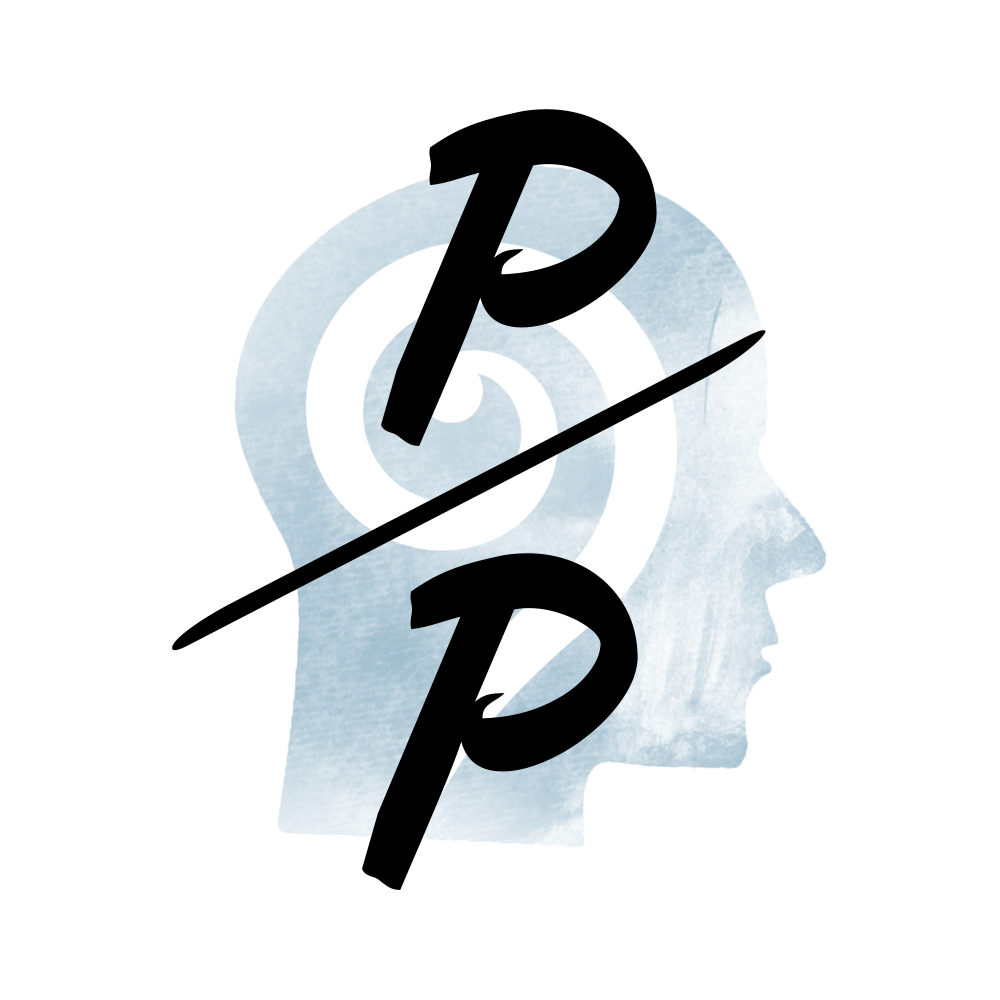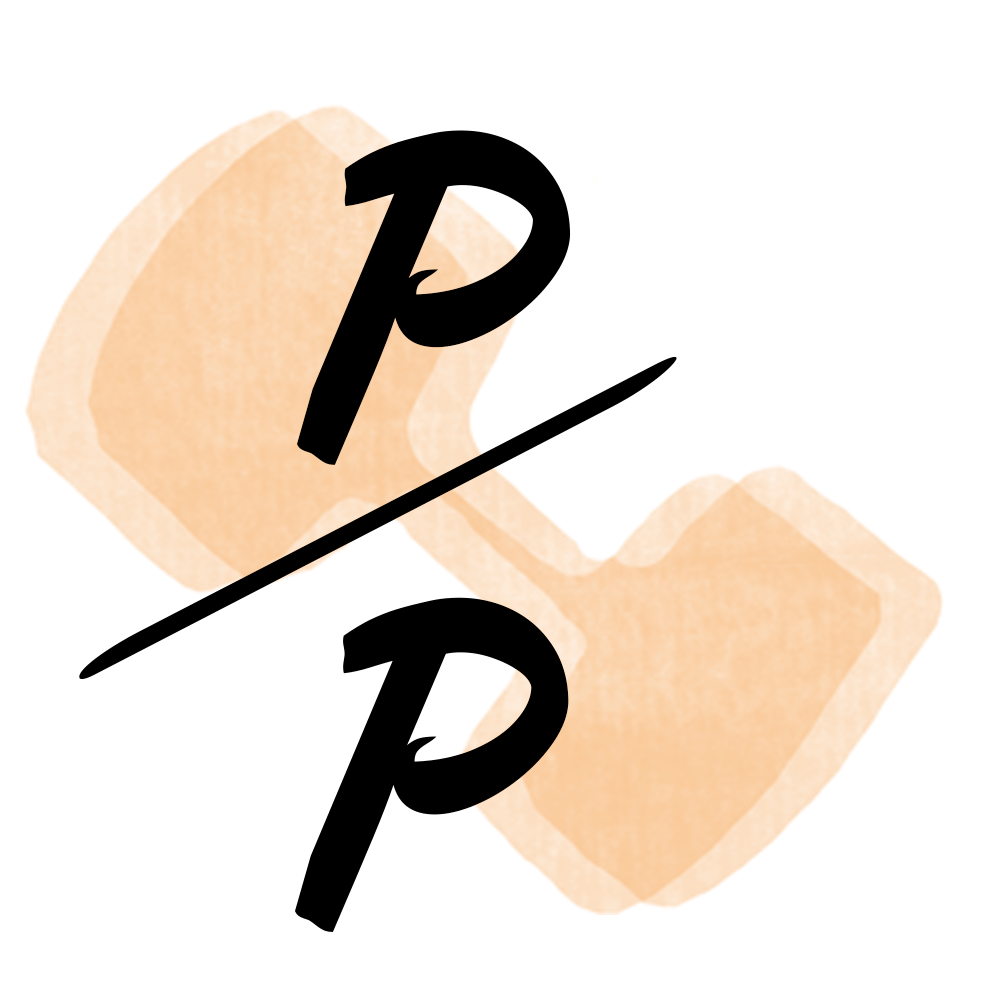Progress over Perfection. I didn’t come up with that phrase but I try to live it as much as I can. You can ask any of my friends and family and they will tell you that I am as far from type A as you can get. I used to be embarrassed about this personality trait but now I find it to be freeing. I’m OK with you coming to my house when it’s messy. I’m OK with using my mismatched dishes and glassware. I’m definitely OK with my cooking resembling something more of a one-pot-mess than some gourmet meal. In other words, I’m content with being OK. What I’m not OK with is not occasionally breaking out of my comfort zone, and not trying to improve myself both physically and intellectually. That’s a lot of double negatives but I think you get my point.
Self-improvement requires a lot of work. It requires a willingness to accept that you have things to change, that you have flaws. Ouch! Can YOU be honest with yourself about YOUR flaws? Can you see things that need to be changed or improved upon? This is where a Health Coach comes in. A Health Coach can guide you through the tough stuff and help you evaluate, prioritize and commit to the work needed to create new positive changes in your life. I would love to team up with you when you are ready to take action to create better habits for a healthier you! In the meantime, let’s discuss how habits work.

Triggers need to be specific and actionable. Nothing is built on good intentions.
Trigger, Response, Reward, Friction
Think of a habit as a 4 legged creature. Habits are made up of a trigger, response, and reward, and then enhanced or discouraged by a level of friction. Let’s use an example to take you through these steps. Perhaps for the next 4 weeks, you would like to start taking a 2-mile walk in the morning before starting your workday. This is a fantastic SMART goal (more on SMART goals in next week’s blog) and one with great benefits. Let’s discover how these 4 legs apply to this goal.
TRIGGER:
The trigger or you could call it a cue, is what prompts you to do something. Triggers can be either positive or negative. To stay with our walking example, a negative trigger would be whatever distracts you from your morning walk. It might be turning on the morning news when you first wake up. This habit leads you to make coffee. Which in turn distracts you from your walk. Next thing you know you are eating up your morning getting frustrated with world events.
A new positive trigger might be putting on your walking shoes as soon as you wake up in the morning. Lay those cute Reebok runners you got for Christmas right next to your bed so you see them as soon as you wake up in the morning. Once you have your shoes on, you’ll feel ready for action!
The best trigger is whatever you come up with that slaps you in the face to keep you focused on the goal. Just make sure your trigger is specific and actionable. Nothing is built on good intentions.
RESPONSE:
This is the easy one. It’s the action. It’s the goal. It’s what you have set out to do or change. In our example, it’s the walk, plain and simple.

If you don’t have a stake in the game, you’ll fail.
REWARD:
For a new habit or goal to stick, you need to find a reason for doing it in the first place. It is never enough to attempt a change because someone else has asked you to do it. If you don’t have a stake in the game, you’ll fail. Why do you want to start taking walks every morning? You need to understand the why or you won’t see the benefit. Hint, the benefit is the reward!
A decision to change a health habit is rooted in the perceived health threat if you don’t make the change and knowing the benefit if you do. Perhaps your parents have type II diabetes and you see the struggles they have had throughout their adult lives. For you, taking these walks is a step towards a bigger goal of improving your blood glucose numbers. Whatever the reason, it has to be yours and no one else’s. Feeling this reward closes the feedback loop your brain needs to keep up with this new behavior change. Pretty soon you’ll be putting those Reeboks on every morning because you are looking forward to the reward at the end.

Set yourself up for success by anticipating the friction and having a plan to squash it before it starts.
FRICTION:
In order for any new habit or goal to stick, it has to be attainable. It has to be within your reach and easily met each day. The harder you make things for yourself, the less likely you will succeed. I don’t mean to insinuate that you shouldn’t reach for the stars or set lofty goals, or be willing to work through tough times. I’m talking about setting yourself up for success when it comes to a specific behavior change you are trying to achieve. In our walking example, you need to make the walk easy to achieve each day or you won’t do it. How likely would you take that walk if you don’t have good walking shoes? Would you be more likely to stick with it if you have a walking buddy? Figure out the friction you might encounter that would keep you from walking and then tackle it ahead of time. Take the friction away! Make sure you have good shoes. Have a backup plan when your friend can’t walk that day. Set yourself up for success by anticipating the friction and having a plan to squash it before it starts.
Closing The Loop
In summary, behavior change is about closing the loop on the trigger, response, reward, while minimizing the friction along the way. The trigger creates the response while feeling the reward makes you want to keep doing that response which gets you to keep supplying the trigger. Phew! Did you follow that? If you are ready to make changes in your health and wellness and need support and accountability, let me know. Sign up below to set up a complimentary mini-session to get you started.



